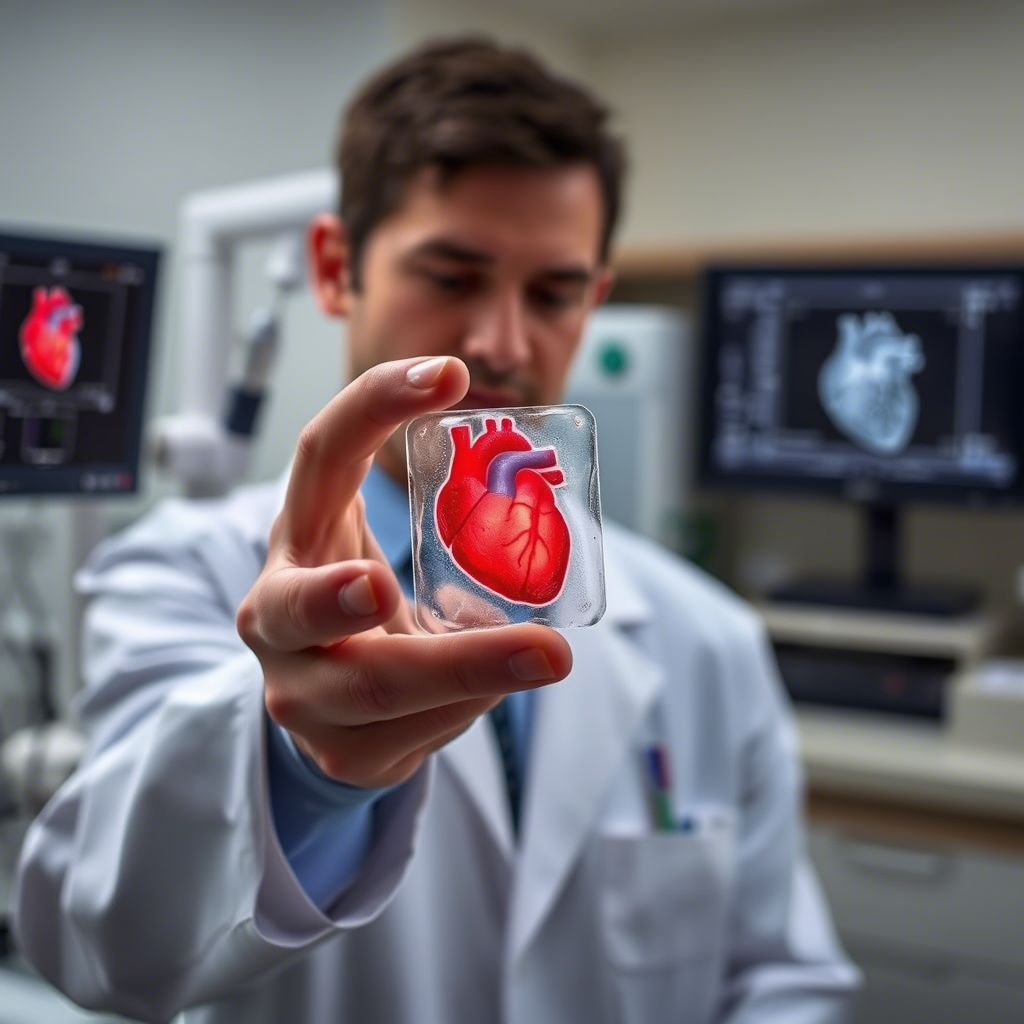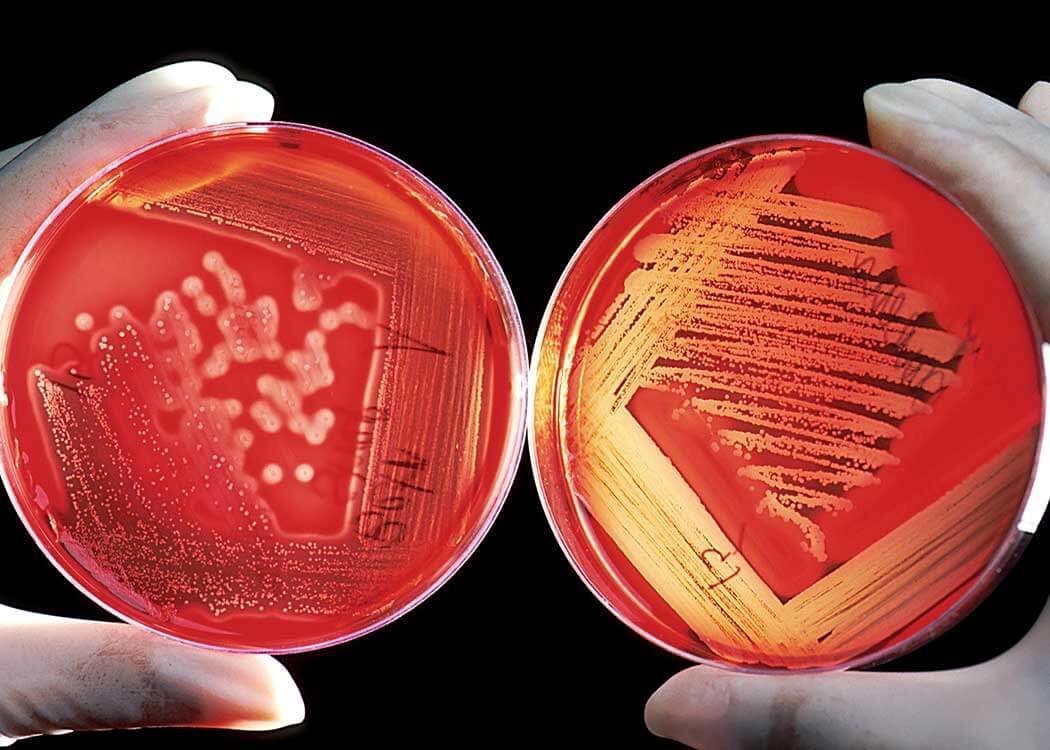Revolutionary Stem Cell Technology Offers New Hope for Heart Failure Patients
Heart failure is one of the leading causes of death worldwide, affecting millions of people each year. For decades, researchers have been searching for innovative ways to repair damaged heart tissue and restore its function. Now, a groundbreaking development has emerged that could transform cardiac care as we know it. Scientists have successfully created a “heart patch” using reprogrammed cells taken directly from a patient’s blood, offering new hope to those suffering from heart failure.
The Science Behind the Patch
At the core of this revolutionary treatment lies stem cell technology. Researchers have developed a method to extract ordinary blood cells and genetically “reprogram” them into induced pluripotent stem cells (iPSCs). These iPSCs are then coaxed into becoming heart muscle cells, or cardiomyocytes, which can be used to create a living, beating patch designed to integrate seamlessly with the patient’s own heart tissue.
This personalized approach not only reduces the risk of immune rejection but also ensures that the newly formed heart cells match the genetic makeup of the recipient. Once implanted, the patch integrates with the existing heart structure, helping to regenerate damaged areas and improve overall heart function.
How It Works
The process begins by drawing a small sample of blood from the patient. The blood cells are then sent to a lab where they undergo a series of transformations. First, the cells are converted into iPSCs through a technique pioneered by Nobel Prize-winning scientist Shinya Yamanaka. Next, these versatile stem cells are guided to differentiate into specialized heart muscle cells. Finally, the newly formed cells are assembled into a thin, flexible patch that mimics the natural architecture of heart tissue.
When surgically applied to the damaged area of the heart, the patch begins to beat in sync with the surrounding tissue, effectively repairing the injury and restoring functionality. Early animal trials have shown promising results, with significant improvements in heart performance observed after implantation.
A Game-Changer for Heart Failure Treatment
Currently, treatments for heart failure focus on managing symptoms rather than addressing the root cause—damaged or dead heart tissue. Medications, lifestyle changes, and devices like pacemakers can help slow disease progression, but they cannot reverse the damage. In severe cases, heart transplants remain the only viable option, yet donor organs are scarce, and surgeries come with substantial risks.
The introduction of the heart patch could change all that. By providing a regenerative solution, this innovation holds the potential to eliminate the need for invasive procedures and lifelong medication regimens. Moreover, because the patch uses the patient’s own cells, the likelihood of complications such as infection or rejection is drastically reduced.
What’s Next?
While the research is still in its early stages, scientists are optimistic about the future of this technology. Clinical trials involving human participants are expected to begin within the next few years. If successful, the heart patch could become a standard treatment for heart failure, saving countless lives and improving the quality of life for millions of patients worldwide.
A Message of Hope
For individuals living with heart failure, every day can feel like an uphill battle. But thanks to advancements like the heart patch, there is renewed hope on the horizon. This remarkable breakthrough underscores the power of science and innovation to tackle some of humanity’s most pressing health challenges. As researchers continue to refine this technology, we move closer to a world where even the most complex medical conditions can be overcome.
In the words of one of the lead scientists behind the project, “We’re not just repairing hearts; we’re giving people their lives back.” And isn’t that what medicine is all about?



